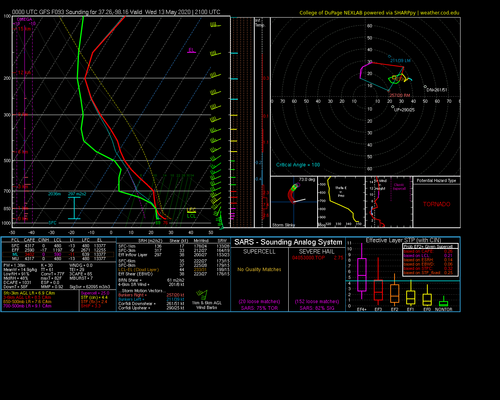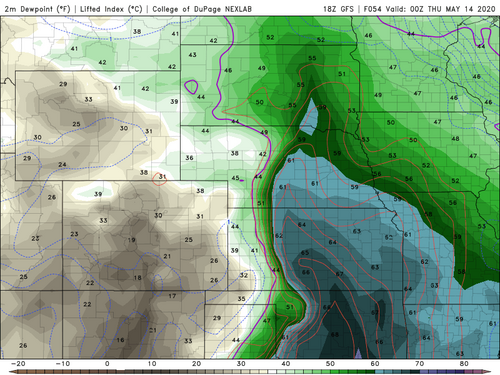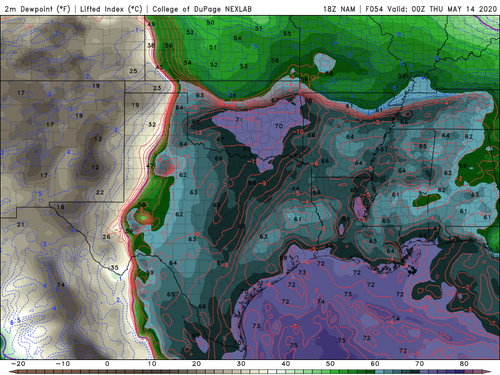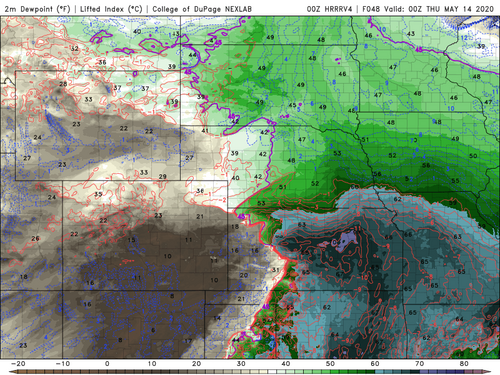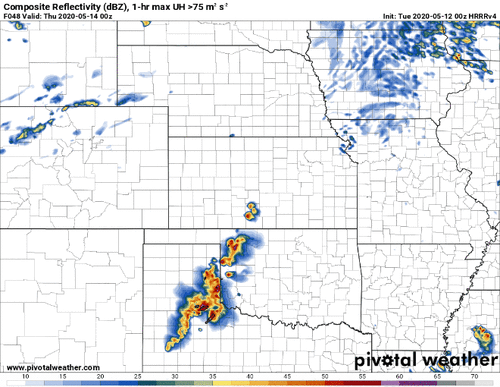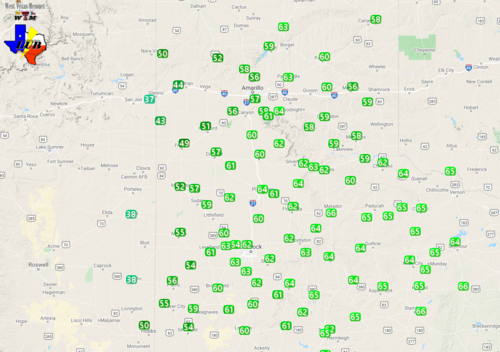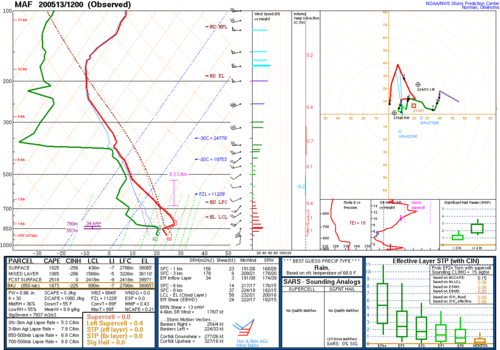Tony Laubach
EF5
It's been hinted at for days now, and SPC has jumped on board highlighting what arguably could be considered the first central plains chase day of the season for Wednesday. Models continue to support the change in pattern, moving the ridge outta here and setting up southwest flow across the plains. The Gulf opens up thanks to the lack of southward surging cold fronts and moisture starts to return as early as Monday with 60s dews getting as far north as I-80 by Wednesday. Looks like a low develops in eastern Colorado with a dryline setting up and moving into western Kansas with potential triple point setting up. 500mb flow may be a hair bit on the weak side, but good directional turning will support supercells along the dryline. This may be the first in a several day stretch as models keep that SW flow going into the weekend, so perhaps other days will line up. But this definitely feels like the start we've all been waiting for.

